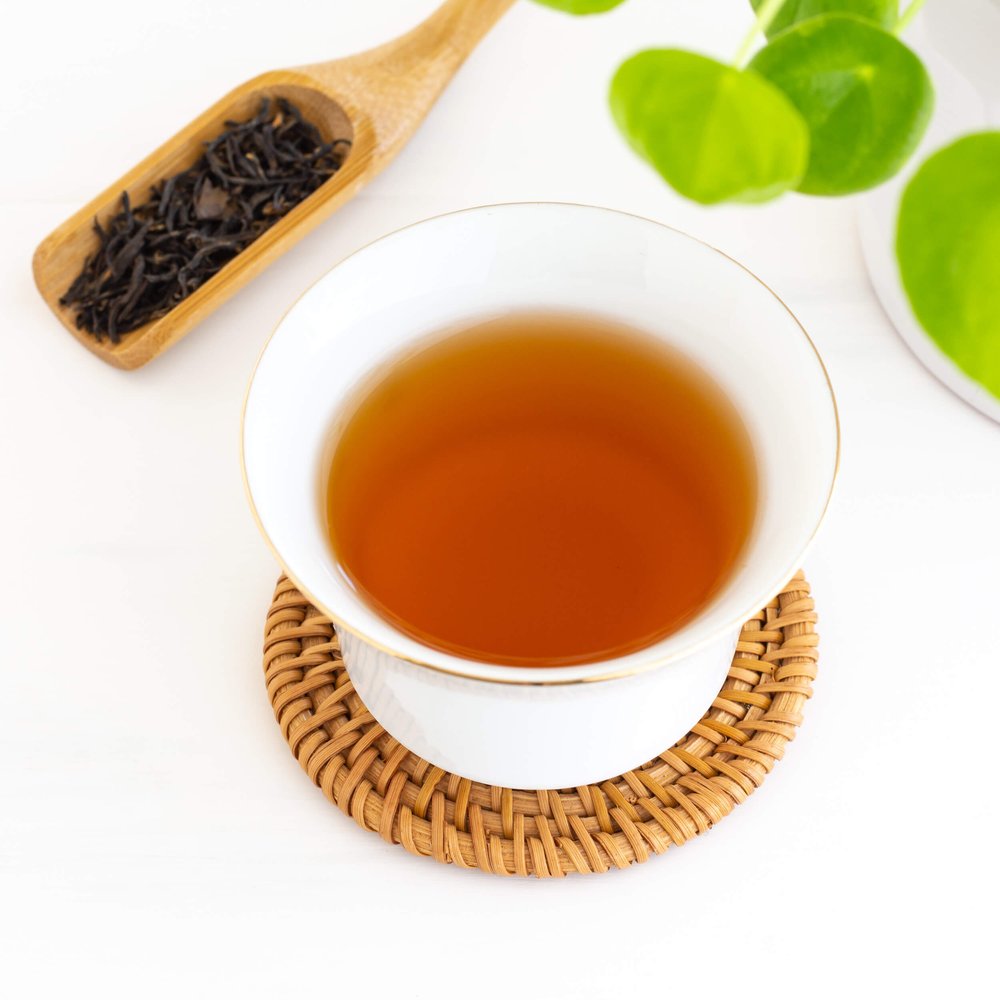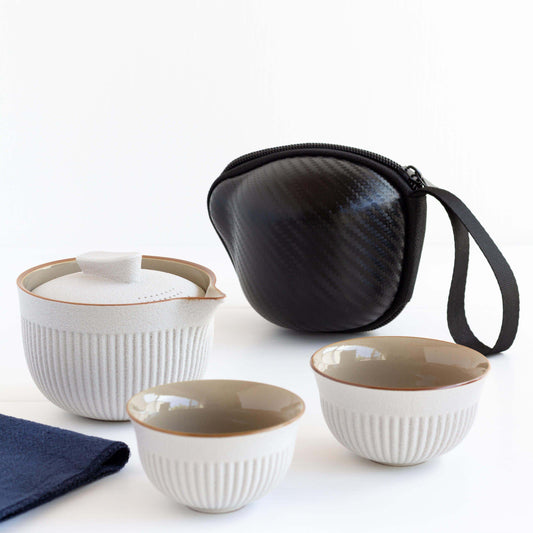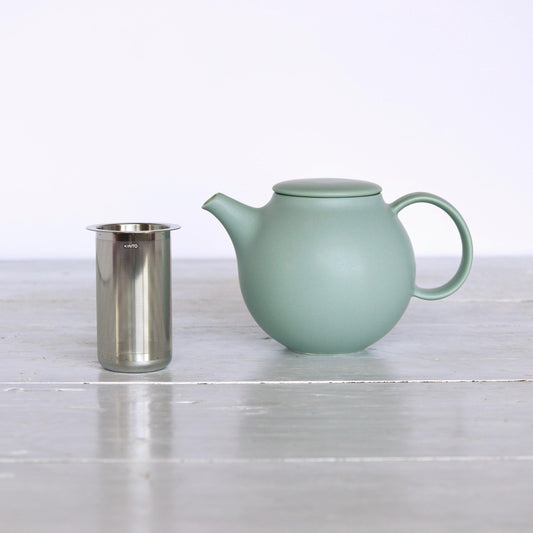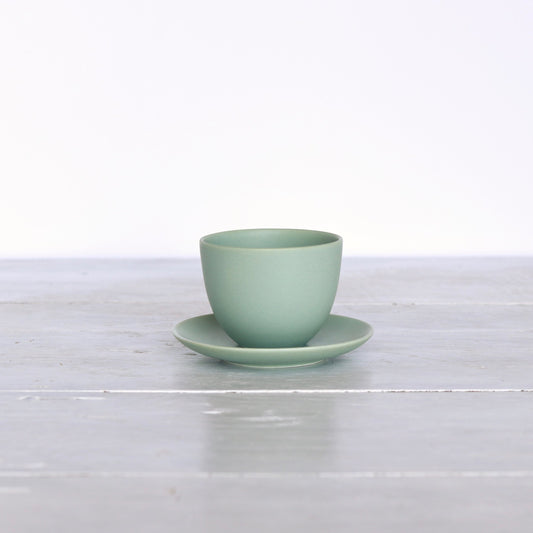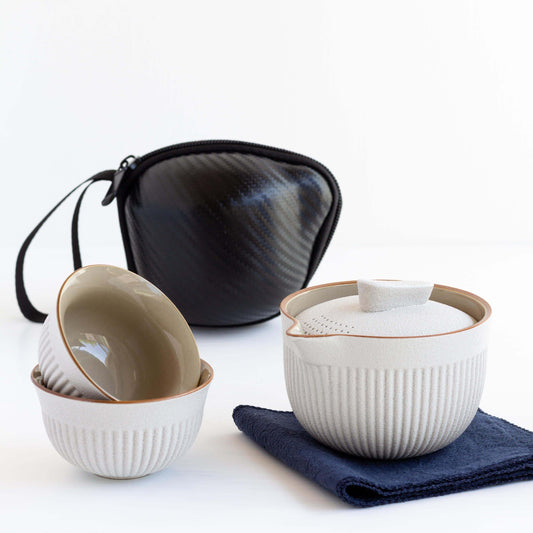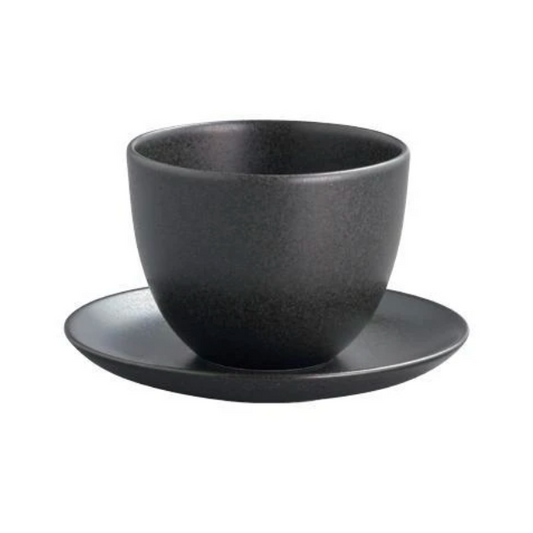Choosing the right teapot
If you’re looking for a teapot to prepare your tea in, there are plenty of options to choose from! Which teapot you select will depend largely on personal preference, as well as what kind of tea you typically brew and what preparation method you prefer.
Material
Teapots can be made from a wide variety of different materials. In most cases, teapots are made from glass, ceramic, clay, or cast iron. Some people prefer light, delicate glass teapots, while others prefer the sturdiness and stability of cast iron. Other materials, like yixing clay, can absorb the flavor of tea over time and develop a patina that can enhance your tea drinking experience.
Size
Size is another important consideration when it comes to choosing a teapot. Small pots are a great choice if you only want to drink a smaller amount of tea at a time or if you prefer to prepare tea according to the Chinese gongfu method. Large pots might be a better option if you drink a lot of tea or if you plan to share tea with guests and friends.
Type of Tea
Different teas are traditionally prepared in different kinds of pots. Japanese green teas like Sencha and Gyokuro are often prepared using side-handle pots called kyusu or cast iron pots called tetsubin. Chinese teas are often prepared in small pots made out of yixing clay. Traditional breakfast teas like Irish Breakfast and English Breakfast are often prepared using larger ceramic or glass teapots. While you don’t have to prepare a certain type of tea using a particular pot, it’s something you might want to keep in mind when choosing a vessel to brew your tea.
Aesthetics
Aesthetics is one of the most important considerations when selecting a teapot. Ultimately, you should choose a teapot that suits your needs and that will make you happy when you use it. There’s no right or wrong answer when it comes to choosing a teapot, so you should go with the one that best suits your sense of style and aesthetic preference.
How to prepare tea using a teapot
To prepare tea using a teapot, you should use about one teaspoon of tea leaves for every six ounces of water in your pot. If your teapot has an infuser basket, you should spoon the leaves into the basket, but if not you can scoop them directly into the pot. Pour hot water over your tea leaves, and let them infuse for several minutes. The specific water temperature and steep time will depend on what type of tea you’re brewing.
After the leaves are done steeping, you can remove them if your pot comes with an infuser basket. If your pot doesn’t have a basket, we recommend pouring all of the tea out of the pot and into teacups or another serving vessel so that it doesn’t become too strong.
Teapots vs. tea kettles: what’s the difference?
While the terms teapot and tea kettle are sometimes used to mean the same thing, they actually serve slightly different purposes when it comes to preparing a tasty cup of tea. Tea kettles are used to heat the water used to make tea, and come in both electric and stovetop varieties. In general, you shouldn’t include tea leaves in your tea kettle while heating your water, since this can damage your kettle and make your tea bitter.
Teapots are the vessels that you use to brew tea in. They can be made out of glass, ceramic, clay, cast iron, or other materials. Many teapots come with built-in infuser baskets to prepare tea with, while others have small filters near the spots to catch the tea leaves when you pour your tea. In general, teapots should never be exposed to direct heat on a stovetop. Instead, you should pour hot water into your teapot in order to infuse your tea.
Customers sometimes ask if cast iron teapots, which are made of metal, can be placed on a stovetop or heated directly. While it’s true that cast iron teapots were sometimes traditionally used this way, and direct heat wouldn’t damage the iron itself, we still don’t recommend it. This is because most modern cast iron teapots have an enamel coating and paint that can be damaged by direct heat. Exposing your teapot to direct heat can also negatively affect the flavor of your tea and result in an unpleasantly bitter cup.
Alternatives to teapots
While teapots are a popular option, they’re far from the only way to prepare loose leaf tea. We recommend using a preparation method that will allow the tea leaves to properly expand, since this results in a more flavorful and balanced cup. Alternatives to teapots include:
- Tea filters - Tea filters made from compostable, biodegradable, and sustainably harvested paper are a great option if you prefer the ease and convenience of teabags. They’re also a good choice to take on the go or when traveling.
- Tea infusers - Standalone tea infusers are an easy way to prepare tea if you prefer a single cup or mug of tea at a time.
- Tea infuser mugs - If you’re looking for an all-in-one set for preparing a mug of tea, a ceramic tea infuser mug or glass infuser mug makes tea preparation a breeze. They also make great gifts for the tea lovers in your life!
- Tea tumbler - Glass tea tumblers come with a built-in infuser basket that can be removed when you’re finished brewing your tea. Tea tumblers are great options for commutes, offices, dorms, and more.
Our Tea Brewing Accessories >>>
